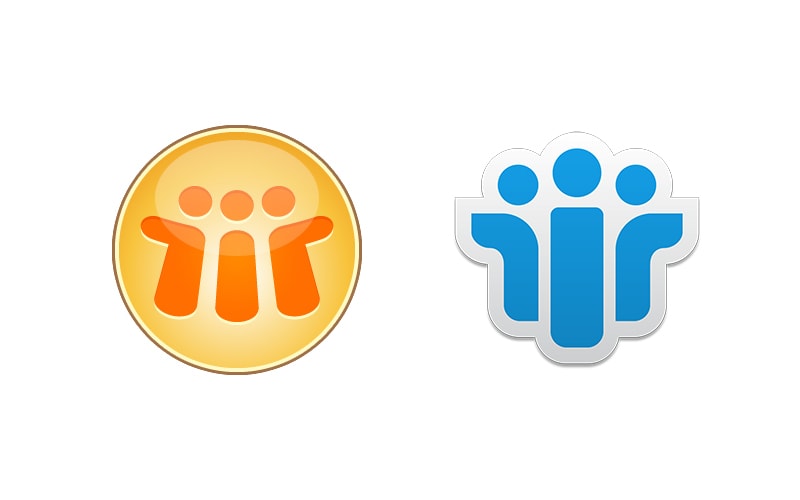Application portfolio managers and business analysts in an enterprise IT environment are being asked to redesign business processes to take advantage of the capabilities provided by mobile applications and devices. However, despite pressure from line-of-business managers for new strategies and approaches to traditional business issues, projects leveraging mobile capabilities can become overly complex, lengthy, and expensive. Many IT departments resist change due to risk aversion, financial restraints, and short-term thinking.
Here are 6 tips to overcoming the most common obstacles to redesigning for Mobile computing:
Recruit an Executive Sponsor
Every project needs a champion – someone who will advocate for the project, understands its benefits, and can corral cooperation from change-weary managers and employees. An executive sponsor brings the vision and energy necessary to effectively instill corporate change. Fortunately, the enthusiasm level for mobile strategies and tactics remains high unlike IT initiatives aimed at mundane shifts in a technical approach, such as service-oriented architecture. Your executive sponsor or champion is your key partner and getting their input from the outset and utilizing their clout within the organization will get you the cooperation you need.
Calculate the ROI
Understanding and justifying revenues and costs are essential to a project’s success. IT projects can deliver almost instant ROI to an organization by opening up new sales channels while reducing infrastructure costs simultaneously.
Techniques like Value Stream Mapping allow you to document the business flow while at the same time annotate the added value or cost inherent in each constituent step of a process. This approach helps document the cost advantages of implementing new technologies. For example, enabling sales people to track delivery schedules or the status of trouble tickets on their mobiles improves customer service and saves time that can be redirected toward closing business.
It is also easier to justify projects where infrastructure and labor costs are clearly controlled from the outset. Overly complex middleware involving multiple middleware layers can become extremely expensive. Look for a single-stack integration and mobile platform from which you can manage your project.
Have Early and Frequent Successes
“Baby steps are the royal road to skill,” says Daniel Coyle, author of The Talent Code. Regardless of whether you use agile or scrum project management methodologies, early and frequent results are essential. Too many projects are cancelled midstream simply because their progress is shrouded in mystery. You may want to have an initial proof-of-concept project that shows the viability of your underlying integration approach, so that you can keep the project moving forward to the final result without suffering waning enthusiasm. Plan for a series of small successes that put reasonable results in front of all the interested parties to keep up the momentum.
Keep Your Eye on Security
While it will be tempting to strike quickly and beat the competition in delivering new customer experiences based on social, mobile, and cloud computing, never put you or your customers’ data, privacy, or security at risk. Never. There are several smart decisions you can take to improve your chances of secure system integration projects; keeping the integration server behind the firewall, encrypting all transport layers, and leveraging a strong mobile data management (MDM) platform are among some of the more obvious approaches. Follow the requirements of your security plan and adjust it as needed to anticipate new threats.
Automate Integration Wherever Possible
Mobile applications typically tap into disparate information systems and require systems integration. Too many enterprises rely on manual programming to connect point-to-point integration of enterprise systems today. While this is manageable in the short-term with small numbers of systems involved, it becomes virtually impossible in the context of mobile integration. For one thing, the discrete nature of mobile business processes is leading to an explosion in the number of apps. This is compounded by an equivalent explosion in the number of APIs, all of which must be disambiguated through data transformation and messaging approaches. Choose an integration platform with a good balance of application adapters and technology adapters that can manage the communications needed between all of the APIs in your enterprise IT environment.
Enterprise mobility management - Listen to the “Voice of the Process”
The role of the IT Business Analyst is to help his or her organization envision business processes and implement the best automation of those business processes using technology. This means that the business analyst is involved in a communication process that helps them to best understand business users, extract the “voice of the process,” and clearly document current and future state processes in a way that demonstrates value. Listening to the voice of the process is essential in governance of a successful systems integration project. Use case diagrams and specifications to document current and future state processes that are critical to project success and a reasonable setting of expectations.
Regardless of whether you decide to outsource your integration project or manage it yourself, these 6 tips for redesigning for enterprise mobility will help ensure project success.
Author: Glenn Johnson
Senior Vice President of Magic Software Enterprises Americas. Mr. Johnson is the author of the award-winning blog “Integrate My JDE” on ITtoolbox and contributor to the Business Week Guide to Multimedia Presentations (Osborne-McGraw Hill). He has presented at Collaborate, Interop, COMMON, CIO Logistics Forum and dozens of other user groups and conferences. His interviews on software industry issues have been aired on the NBC Today Show, E! News, Discovery, CitizenTekk Technology company news and more.





